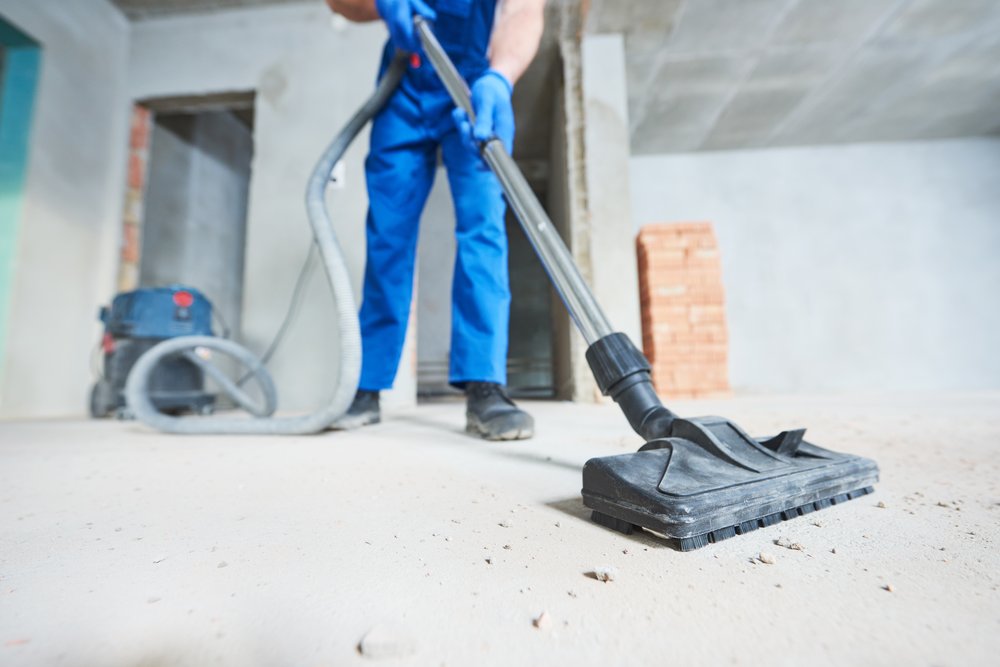
Housekeeping
Poor housekeeping is one of the most common causes of injuries at work – and the most preventable.
Overview
A tidy worksite is essential for productivity and safety. The condition of your worksite affects how your company is viewed by clients and employees. Maintaining a neat site reflects professionalism. However, if your worksite is messy, it's not a difficult problem to address. You just need to identify potential hazards and learn how to minimize them.
Hazards to look out for
Obstacles and clutter
- Loose objects on floors, stairs and platforms, and excessive material or waste in the working area are all potential trip hazards. Workers can easily bump into projecting, poorly stacked or misplaced material.
Waste
- Rubbish accumulates quickly onsite – it is often irregular in shape, hard to handle and full of sharp objects.
- Watch for overflowing waste containers and materials that have nails and wire sticking out.
Wet and slippery surfaces
- Weather can be unpredictable - rain, sleet or wind can make outdoor surfaces uneven or soft, making slipping easy.
- Oils and lubricants can spill, creating a dangerously slippery surface, and if the floor is oily while hot work is being done (i.e. welding or grinding), it could create a fire hazard.
Lighting
- Inadequate lighting and dirty light fittings, windows and skylights can make hazards hard to see.
Hygiene
- Bathroom and kitchen facilities that are not cleaned regularly can cause significant health hazards.
Tips for a clean and tidy workplace
Implementing a set standards of housekeeping at the beginning of each job is the best course of action. Cleaning up after yourself during the day, as well as a 15-minute tidy at the end, will help you and the rest of the team to concentrate on working hard, rather than nursing a sprained ankle.
Organise storage
- Provide sufficient and convenient space for materials and tools.
- Create a layout plan for materials and only order supplies as needed.
- Mark out work and storage areas – separate work activities from materials.
- Use racks when storing lengths of pipe or timber – don’t stack palettes too high.
Create a healthy work site
- If working outdoors, be aware of muddy areas – clear loose mud before setting up and climbing a ladder and rid shoes of as much excess mud as possible.
- Make sure the worksite is well-lit – use natural daylight where practical.
Organise Waste Management
- Establish suitable waste locations – separating waste where appropriate (i.e. controlled and special waste).
- Bag and tie lightweight waste to prevent it from blowing around the work site.
- Hammer in or remove nails from wood waste.
- Never overload a skip – permission may be needed to place it on the road and it should be suitably cordoned off from the public.
- Beware of accumulating flammable waste.
- Inspect your waste – can anything be reduced, reused or recycled? Waste costs money!
Maintain equipment and materials
- Stack and store equipment and materials in fixed places, away from walkways and emergency exits.
- Put equipment away when not in use (eliminating a tripping hazard).
- When cutting or welding keep a fire extinguisher nearby.
Getting a site audit from an expert health and safety advisor is a great way to make sure your housekeeping is up to scratch. Contact us to book your audit today.